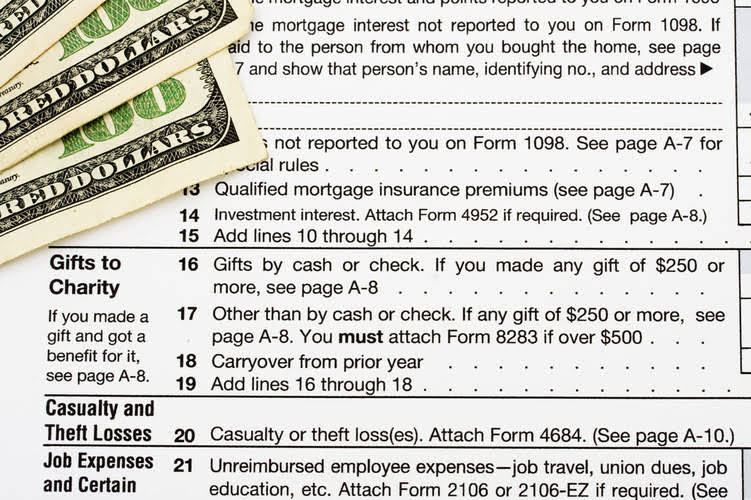Content

A business line of credit approves a set amount of funding you can draw from over a period of time. Repayment terms start when you draw funds and are typically short from six to 24 months. It offers payment flexibility because you only draw the amount you need and pay interest on the funds you use.
With accounts receivable financing, on the other hand, your invoices serve as collateral on your financing. You retain control of your receivables at all times and collect repayment from your customers. After your customer has paid their invoice, you repay what you borrowed from the lender, plus the agreed-upon fees.
More financing options for small businesses
The factoring company pays you a portion of the invoice’s value and then takes over its collection. After the company receives payment from your customer, it sends you the rest of your money, minus the agreed-upon fees. Invoice financing is usually offered https://www.bookstime.com/articles/bookkeeping-seattle by online lenders and fintech companies. Compared to other types of business loans, banks are less likely to provide invoice financing. With invoice financing, lenders advance a percentage of your unpaid invoice amount — potentially as much as 90%.

You might have to pay processing fees, draw fees, maintenance fees, or bank wire fees. Once it is received, the lender issues the business the remaining value of the invoice, less a fee for the service. The fee will vary but is normally between 3% and 5% of the total value of the invoice. The amount advanced varies but typically amounts to 50% to 80% of an invoice’s value.
What is an accounts receivable line of credit?
Alternative online lenders and financial technology (fintech) companies primarily offer invoice financing. Banks don’t usually provide invoice financing and focus mainly on traditional business loans. Invoice financing is often used as an umbrella term to discuss several forms of asset-based financing utilizing a company’s invoices or accounts receivable.
Small businesses often need financing to help maintain cash flow and grow the company. There are plenty of small business financing programs to choose from, but choosing the right one depends on your needs. It’s worth noting that financing usually offers greater flexibility because you can pick and choose which invoices will be financed. If you’re a business owner who uses invoices, waiting around for your B2B customers to dish out the dough can be a huge drag on your resources.
Invoice Financing Details
You then repay the amount you withdrew plus interest in weekly payments. Like invoice financing, a business line of credit can supply your company with immediate working capital. If neither invoice factoring nor accounts receivable financing work for your business, other loan options exist. The invoice financing cost usually includes a processing fee and the factoring fee, which accumulates each week until your customers pay the invoice. The sooner customers pay, the less you’ll pay in fees; the longer they take to pay, the more you’ll pay in fees.
You’ll still be responsible for collecting debts if you use invoice discounting, but it can be arranged confidentially so your customers won’t find out. Invoice financing can help business owners account for gaps in cash flow in order to purchase inventory, pay employees and, ultimately, grow faster. When you apply for invoice finance with Satago, the process of accounting the transactions in Xero is much easier. If you prefer, you can still use the manual way, but using the Satago system will save you time. Review their terms, fees and customer reviews to find a reputable partner for your business’s financing needs. And always make sure your lender is in compliance with local predatory lending laws.
This would result in a difficult and expensive collections process involving both the bank and the business doing invoice financing with the bank. Invoice financing, also called receivables financing, allows small businesses to get funding quickly for outstanding invoice financing business-to-business invoices. In return for fast access to cash, a business pays the invoice finance company a fee, often a percentage of the amount borrowed. In 2021, only 31% of small businesses that applied for a loan received the funding they sought.
